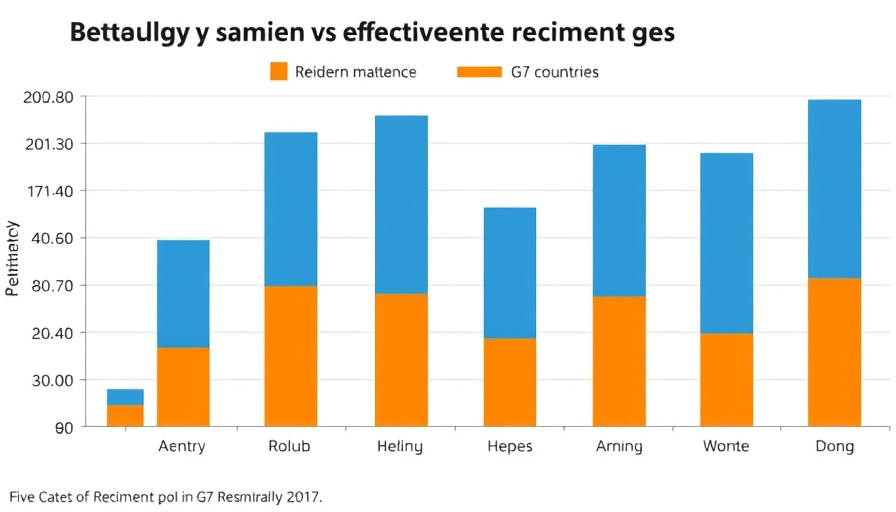
Age Discrimination Lawsuit against Caterpillar: An Overview
The recent revival of an age discrimination lawsuit against Caterpillar is causing a stir in the world of workforce management and HR practices. Following a previous jury verdict in favor of an employee who claimed age bias, the case was reignited when the 7th U.S. Circuit Court of Appeals ruled that the employee's performance improvement plan (PIP) was effectively unachievable—thus suggesting potential discriminatory motives behind the firing.
The Performance Improvement Plan's Role in Discrimination Claims
The details of the PIP are compelling. The plaintiff, at the age of 58, was placed in a situation where he was not only expected to meet unrealistic expectations but was also penalized for deadlines that had already elapsed. The assertion that company leadership denied him the chance to modify this PIP raises concerns over how performance metrics can mask age biases. This example should serve as a wake-up call for CHROs and VPs of Talent: employee evaluations must be fair and transparent to foster a people-first leadership culture.
Implications for Human Resources Practices
Caterpillar's situation is indicative of larger trends in the workforce where age discrimination remains a significant issue. The Age Discrimination in Employment Act prohibits discrimination against employees 40 years and older but often lacks enforcement in everyday HR processes. With high-performance culture becoming a buzzword, organizations must embed thorough HR metrics that track employee performance without bias. Succession planning should also include strategies for retaining experienced personnel who can offer a wealth of knowledge and mentorship.
Engaging Employees to Improve Retention
Incorporating employee feedback in talent management strategies is crucial for improving retention rates. Organizations that prioritize employee engagement typically witness lower turnover, thus enhancing workforce optimization. This makes it essential for leaders to examine how performance assessments can be restructured to ensure they reflect actual employee contributions, particularly for older employees who bring invaluable experience to the table.
Final Thoughts: A Call to Action for Executives
It's imperative for operational leaders, including CEOs, to understand the significance of equitable performance strategies within their organizations. By learning from Caterpillar's case, there is an opportunity to reshape how leadership development is approached, ensuring that diverse workforce strategies are in place to create an inclusive and high-performing culture.
 Add Row
Add Row  Add
Add 




Write A Comment